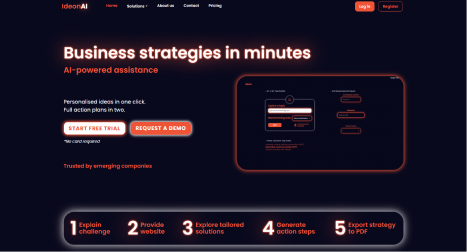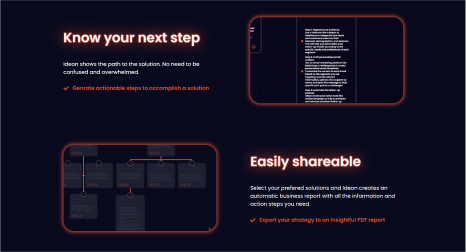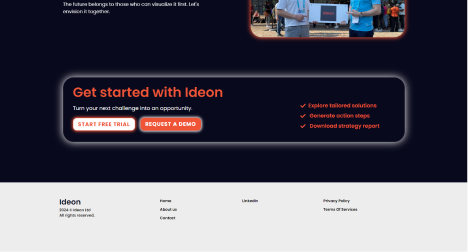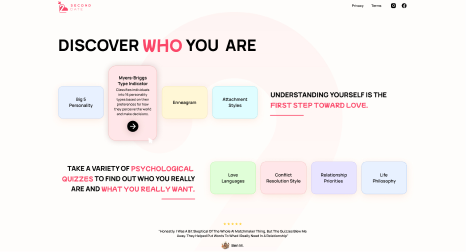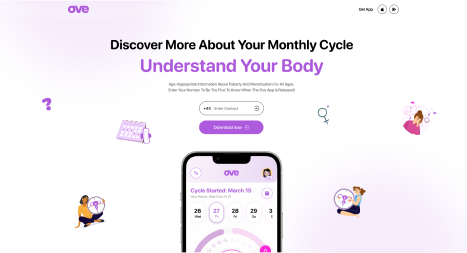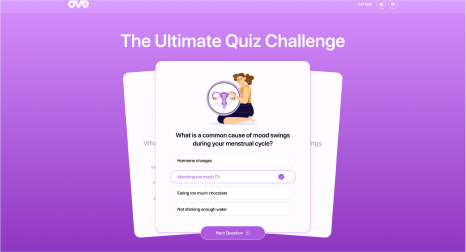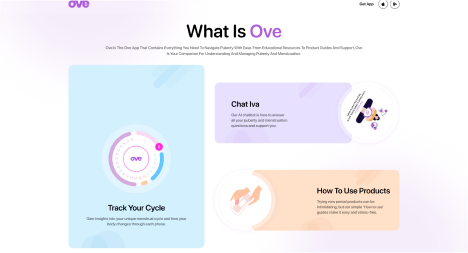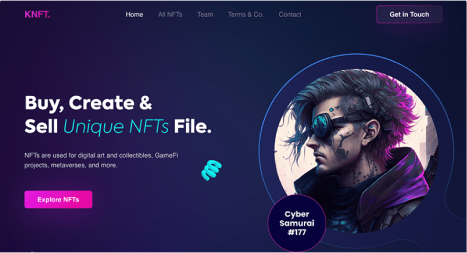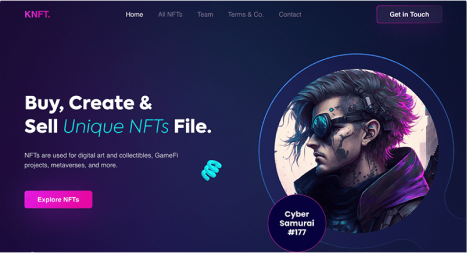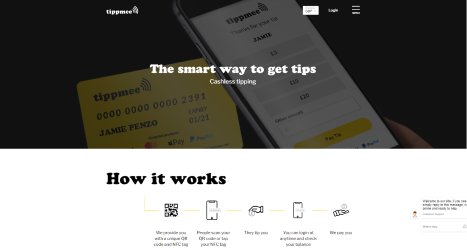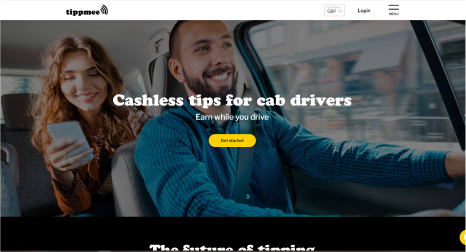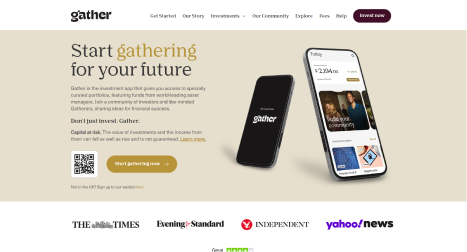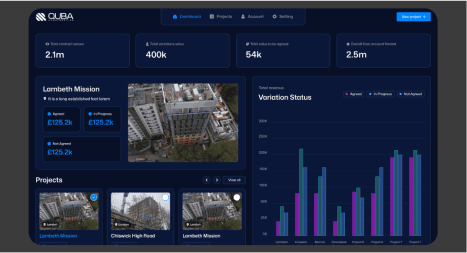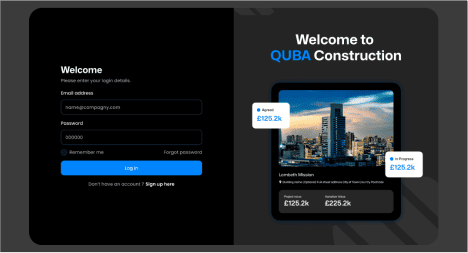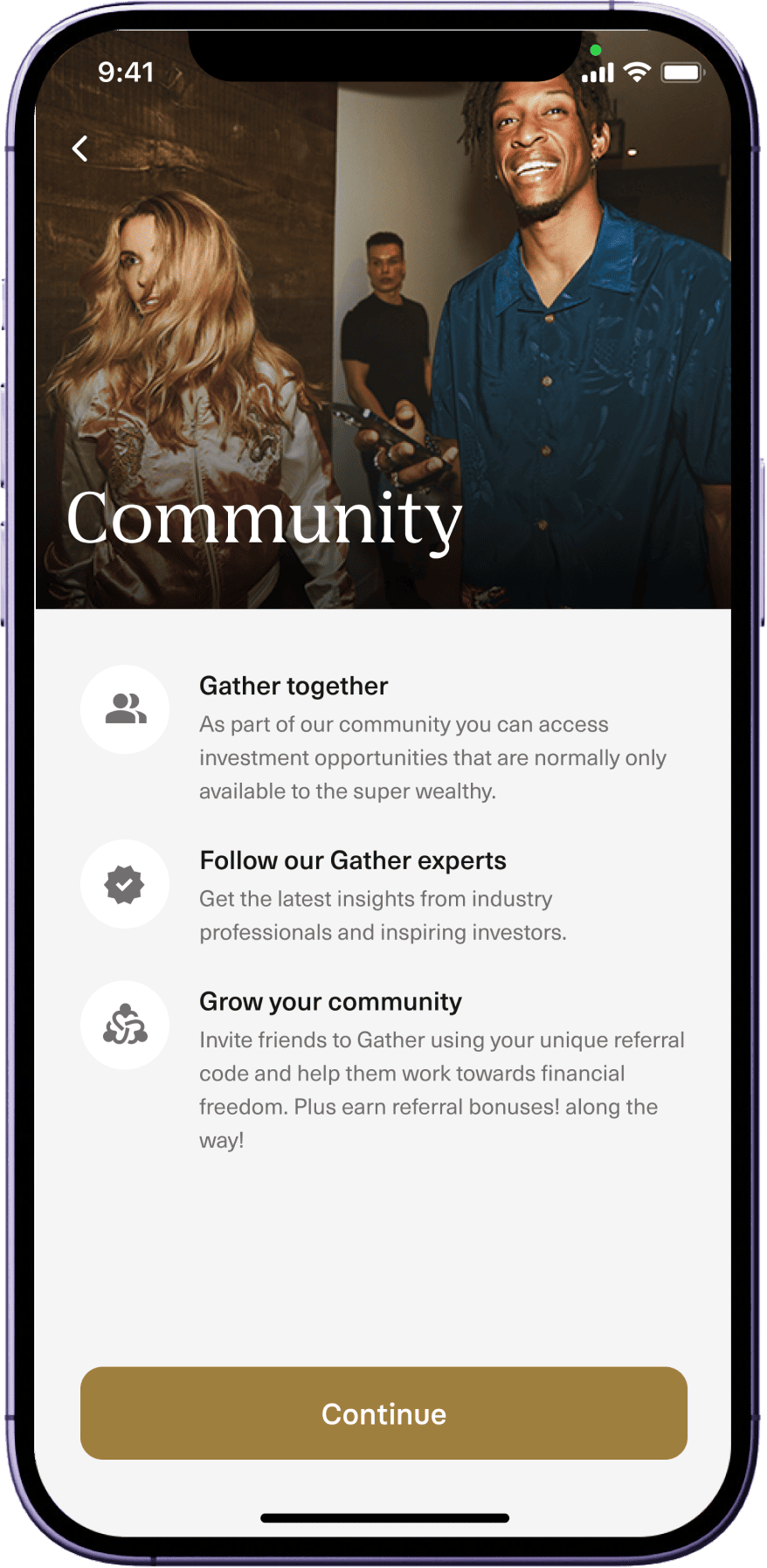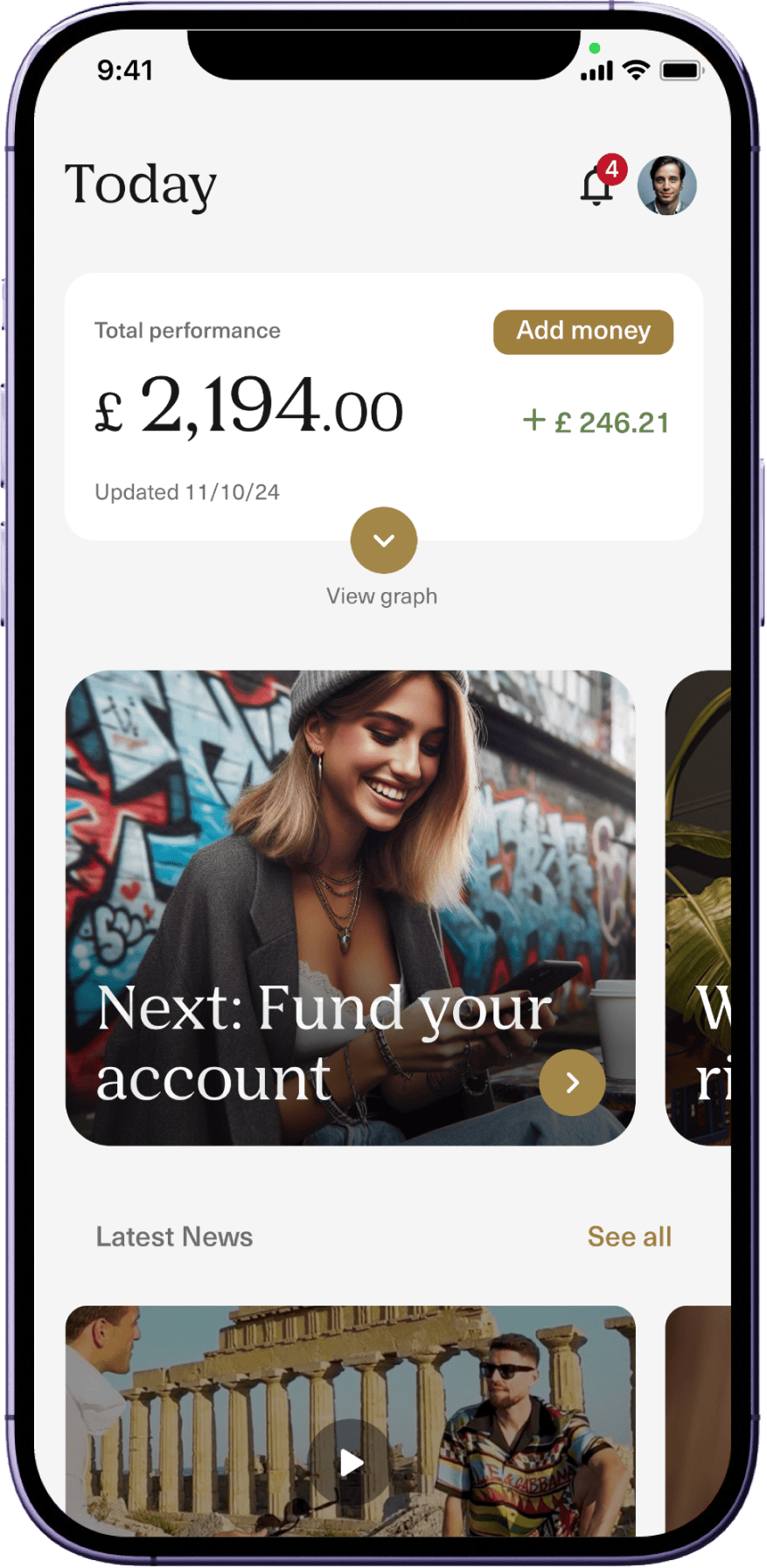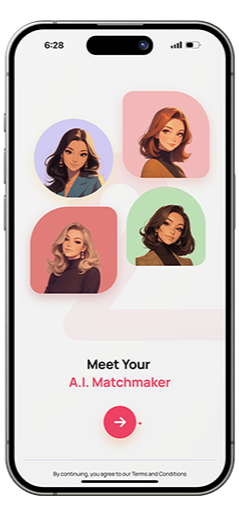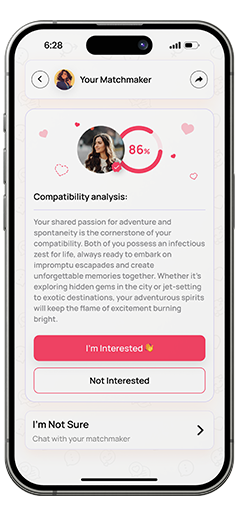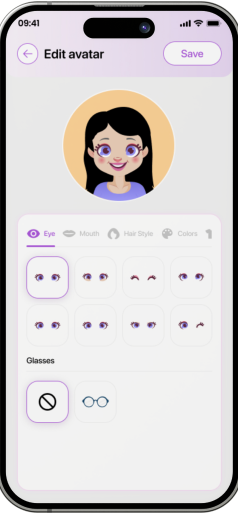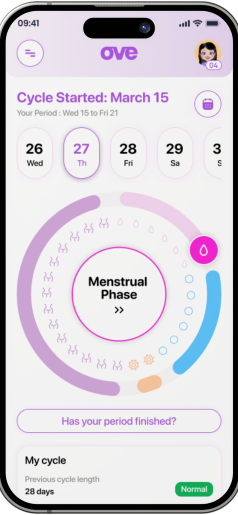Design to Impress, Develop to performDesign to Impress, Develop to perform



Testing & Auditing
Services in London
Beautiful solutions with Testing & Auditing



$682.5
+2.45%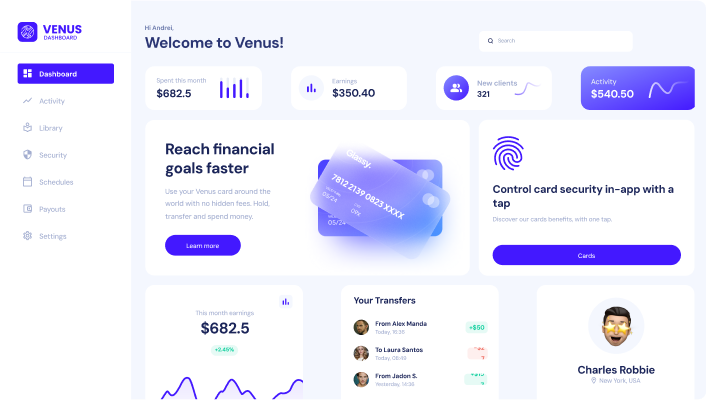



At Solusent, we are dedicated to ensuring the highest quality for your product. Our primary objective is to minimise release errors and accurately reflect the project's current state.
Rigorous QA testing and auditing are essential to ensure our products are not only high-quality but also scalable and user-friendly

Philips
Co-founder of solusent
Understanding the Code Audit process
Software QA
Functional Testing
This essential testing, conducted without direct access to the product code, takes place early in the software development lifecycle and whenever changes are made to the code.We focus on testing the primary features: the application's purpose, buttons, input forms, links, access control security, and the application's behaviour and response.Server communication is also thoroughly evaluated. Typically, the most common functional tests are automated.
The most frequently used types of Functional Testing are:
Acceptance testing
Smoke testing
Regression testing
Security and Access control testing
Non-Functional Testing
This type of testing focuses on testing aspects of the software that are not directly related to its functionality. For example, our QA specialists check the performance of the application, its scalability, reliability, and security. Non-functional testing can be based on whether an application processes large amounts of data or how quickly it opens on startup.
In our work, we use the following common Non-Functional Testing types:
Usability testing
UI/UX testing
Productivity testing
Localization testing
Gather
A collaborative development process between our development team and Gather, a fintech startup, to create an innovative investing app.
Second Date
Second Date is an innovative AI matchmaking app designed to revolutionise the dating experience by leveraging artificial intelligence to screen and match potential partners based on compatibility, interests, and preferences.
Ove
Ove , an innovative AI startup, partnered with Solusent to create and integrate a tailored collaborative AI brainstorming solution.
Here are some aspects of the code that the auditors will be looking at:
1. Code Quality:
- Code readability and maintainability
- Adherence to coding standards and best practices
- Consistency in coding style
2. Architecture and Design:
- Overall software architecture
- Design patterns used
- Scalability and flexibility of the architecture
3. Web Development:
- Code efficiency
- Potential bottlenecks
- Load testing and stress testing results
4. Security:
- Vulnerability assessments
- Secure coding practices
- Access control and authentication mechanisms
5. Documentation:
- Quality and completeness of code comments
- Availability of technical documentation
- Clarity of API documentation
6. Testing:
- Coverage and quality of unit tests
- Integration and system testing
- Automated testing setup and continuous integration
